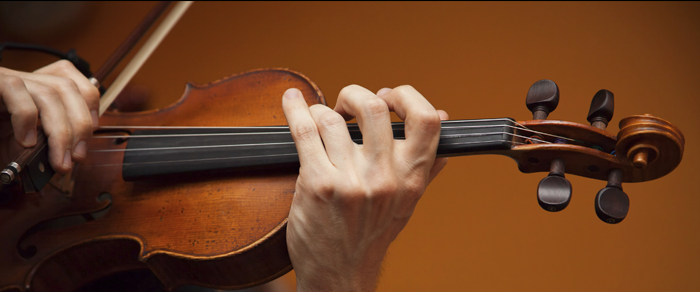
I teach at a small liberal arts college in the Midwest. Our music education students, like most others I would assume, are required to take one course each in brass, woodwind, string and percussion tech. We meet one day of the week for 50 minutes, so time is a major factor in developing the appropriate syllabi for each course. For the past 6 years I have insisted that the students who enroll in these courses have a student subscription to SmartMusic and it has become an invaluable tool in the teaching of these courses.
Throughout the semester students are required to learn and perform exercises on each of the instruments in the particular family of instruments being studied. While there is no expectation that the students develop into more than middle school level-performers neither is it allowed that the students fail to produce characteristic tone qualities and gain some proficiencies. Having the students use SmartMusic allows me to listen to their progress on the individual instruments and give constructive feedback without having to use the limited class time that we have. Students often submit their recordings to me at very unusual times, like 1:30 a.m.! I am then free to listen to their submissions outside of class time. Using SmartMusic allows the students the flexibility they need in order to submit their assignments.
Another feature of SmartMusic that I have found extremely beneficial in teaching these classes is the number of method books that are available on the program. One of the assignments that students must complete is a method book assessment. Having the many methods available in one location not only saves the students time and money but allows them to browse the methods easily and quickly. They can compare and contrast the various methods from one location and easily navigate back and forth between the books. Often times the students will remember the method that they used in elementary, middle and high school but are completely unaware of the numerous methods that are available to them. The decision on which method they want to use when they find a teaching position is made much more effectively when they have had the opportunity to view and work out of many books before making that decision.
Finally, I like using SmartMusic in the methods class because it is motivational. It is not only beginners who enjoy the “game-like” features of the program. College students, too, enjoy the assessment and then can challenge each other to “beat” the high score. With this going on, I am free to talk about the many other aspects about playing and teaching the families of instruments without having to focus on right and wrong notes.
I encourage those of you who teach methods courses to explore the possibilities of using SmartMusic in your teaching. I would also enjoy hearing other comments about how you may use this tool and the results that you are seeing from your students.
 Glenn Pohland, D.M.A., is the director of instrumental music at Loras College and an assistant professor in the communication and fine arts division. He conducts the wind ensemble, jazz ensemble and chamber groups; serves as instructor of the low brass studio; and teaches courses in music education, orchestration, music history, instrumental techniques and conducting.
Glenn Pohland, D.M.A., is the director of instrumental music at Loras College and an assistant professor in the communication and fine arts division. He conducts the wind ensemble, jazz ensemble and chamber groups; serves as instructor of the low brass studio; and teaches courses in music education, orchestration, music history, instrumental techniques and conducting.
Previously, Dr. Pohland was an assistant professor of instrumental music education at the University of Minnesota in Minneapolis, and served for 24 years as the director of bands and general music teacher in the Glencoe-Silver Lake, Minnesota, school district. He is also an active adjudicator, clinician and guest conductor.